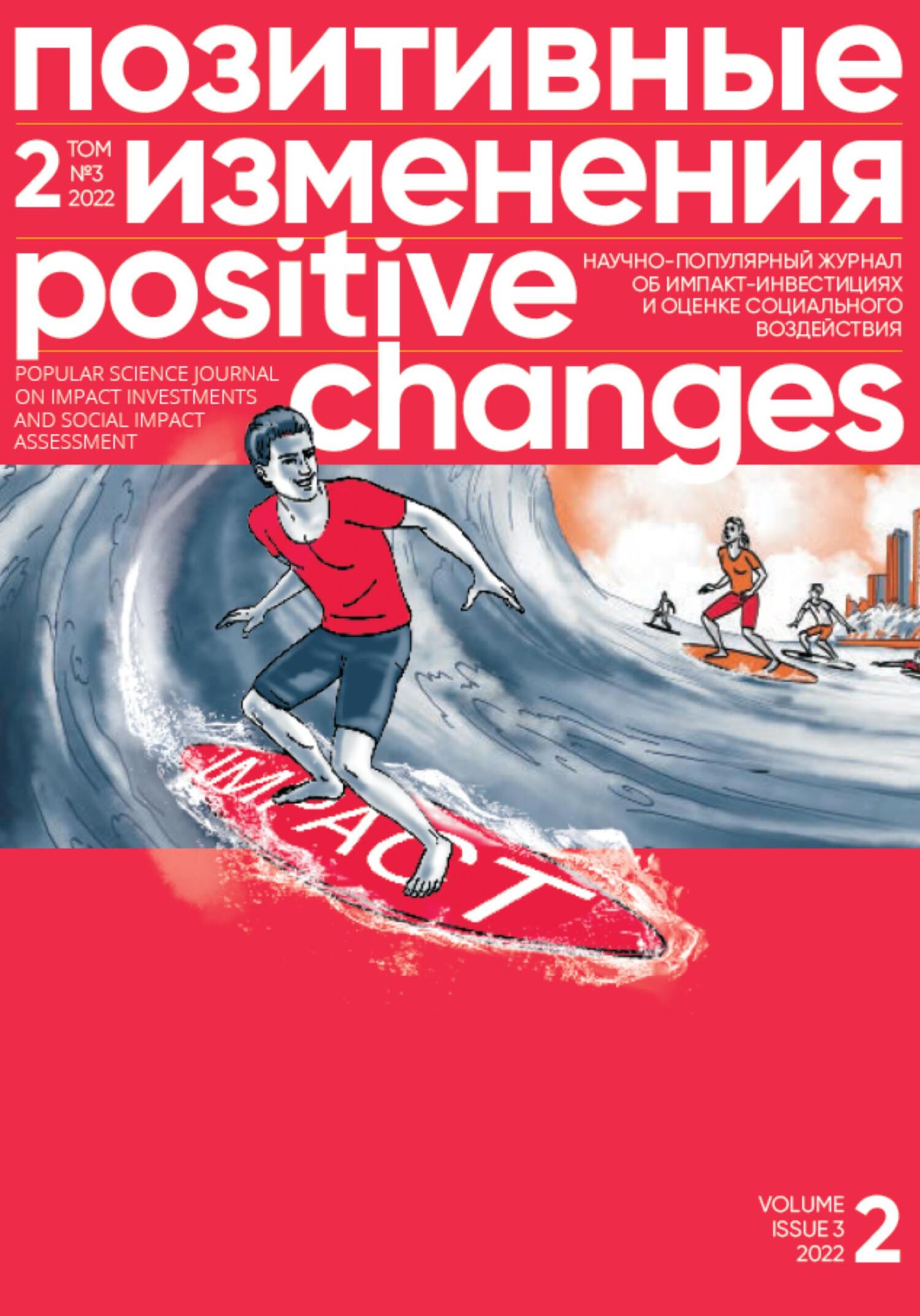Ознакомительная версия. Доступно 15 страниц из 71
(Ali & Wael, 2018; Briggs, 2017; Renwick, et al., 2012).
Human resource management plays a crucial function in managing and coordinating the policies, activities and resources of an organization (Renwick et al., 2012) and is pivotal to achieving environmental sustainability (Ramasamy et al., 2017). Hence the growing research interest in Green Human Resource Management (GHRM) that denotes the integration of human resource management practices and environmental management practices to encourage employees' commitment to environmental protection (Gharibeh, 2019).
Though GHRM is a relatively new concept in human resource management that is still underdeveloped in Nigeria (Adesola et al. 2021; Diri & Otekenari, 2021), the global threat of climate change and other environmental challenges affecting Nigeria have made it a necessity in the business circles and beyond, specifically in Katsina State, which is a state in Nigeria confronted with environmental issues like drought, desert encroachment, deforestation, land degradation, erosion and pollutions caused by climate change (Abaje, et al., 2017; Ibrahim, 2018), and other harmful environmental threats that need to be curbed.
Liu (2010) asserts that harmful environmental challenges are caused largely by activities of business organizations which have contributed significantly to carbon footprint. This assertion is true of Katsina State that has manufacturing and service-based organizations, including deposit money banks (DMBs), whose activities may cause environmental concerns. For example, Edeh and Okwurume (2019) alluded that most Nigerian banks have failed to fully integrate sustainable elements like environmental sustainability into their employees' daily work routine. This is despite the fact that they have adopted the Nigerian Sustainable Banking Principles (NSBP) (Committee of Nigerian Sustainabilty Banking Principles, 2018; Deloitte, West Africa, 2017). This is particularly evident in DMB branches in Katsina State, which still engage in activities that cause high carbon footprint, such as use of fossil fuel for their generating sets and vehicles, use of paper printouts in their transactions, poor waste management and recycling culture, lack of green space in their offices and premises, and lack of carpooling practices, among other harmful environmental practices. This necessitates the evaluation of the human resource management practices and activities of organizations operating in Katsina State against the environment in which they operate. Since DMBs are the most visible corporate organizations that can be found in almost all parts of Katsina State, this study focused on evaluating the effect of GHRM practices on environmental sustainability of deposit money banks (DMBs) in Katsina State. The study covers a one-year period of 2021.
Specific objectives of the study include:
1. Evaluating the effect of green job design and analysis on environmental sustainability of DMBs in Katsina State.
2. Examining the effect of green recruitment and selection practice on environmental sustainability of DMBs in Katsina State.
3. Ascertaining the effect of green training and development practice on environmental sustainability of DMBs in Katsina State.
In follow-up to the stated objectives, the study formulated the following null hypotheses to be tested in order to provide evidence for drawing conclusions:
H01: Green job design and analysis has no significant influence on environmental sustainability.
H02: Green recruitment and development practices have no significant influence on environmental sustainability.
H03: Green training and development practices have no significant influence on environmental sustainability.
LITERATURE REVIEW
This section explains conceptual and theoretical frameworks, concepts of GHRM, environmental sustainability, green job design and analysis, green recruitment and selection and green training and development. It also reviews earlier empirical studies on GHRM practice and environmental sustainability.
The conceptual framework shows how GHRM practices sub-constructs of green job design and analysis practice, green recruitment and selection practice and green training and development practice relate to and influence environmental sustainability.
The study adopted stakeholder theory for better understanding and appreciation of GHRM practices and environmental sustainability. The stakeholder approach, as proposed by Edward Freeman in 1984, postulates that organization stakeholders are comprised of all groups or individuals that affect or are affected by the company's actions, decisions, policies, practices, goals or general operations, (Bhasin, 2020; Freeman, 1984 as cited in Guerci, et al., 2015). The theory stressed that management is responsible for creating and maximizing value for all stakeholders without compromising interest of any (About Stakeholder Theory, 2018). Guerci et al. (2015) observed that most management influenced by the stakeholder theory have implemented environmental management system in their firms. They further revealed that customers and regulatory pressures are significantly and positively related to environmental performance; hence stakeholders exert varying degrees of pressure on the organization to cater for their interests. And with environmental sustainability spawning increased concerns amongst business stakeholders such as employees, customers, communities, governments, activists and scholars (Jackson et al., 2011), coupled with ethical considerations for businesses, institutions and establishments to be socially responsible for the environment in which they live and operate, stakeholder theory become appropriate theory to explain GHRM and environmental sustainability.
GREEN HUMAN RESOURCE MANAGEMENT
The concept of green human resource management (GHRM) is perceived to have been introduced to HRM practice as recently as in the 1990s (Renwick et al., 2008), and it is given multiple definitions by different scholars. According to Opatha (2014, p. 15), GHRM refers to “the policies, practices and systems that make employees of an organization green for the benefit of the individual, society, natural environment, and the business.” Making the employees green here entails workforce that is aware of environmental sustainability practice and takes initiatives and actions that benefit nature, themselves, the community and environment where they operate. Jabbour (2013, p. 149) viewed GHRM as the “systematic, planned alignment of typical human resource management practices with the organizational environmental goals.”
Mandip (2012) states that GHRM is about getting all employees to initiate and engage in environmentally friendly practices and enhancing employees' awareness and commitment to environmental sustainability issues. He further stresses that human resources should serve as an impetus for environmental sustainability within organizations as it will align policies and practices with sustainability goals.
GREEN JOB DESIGN AND ANALYSIS (GJD)
Green job design refers to the organization
Ознакомительная версия. Доступно 15 страниц из 71
























